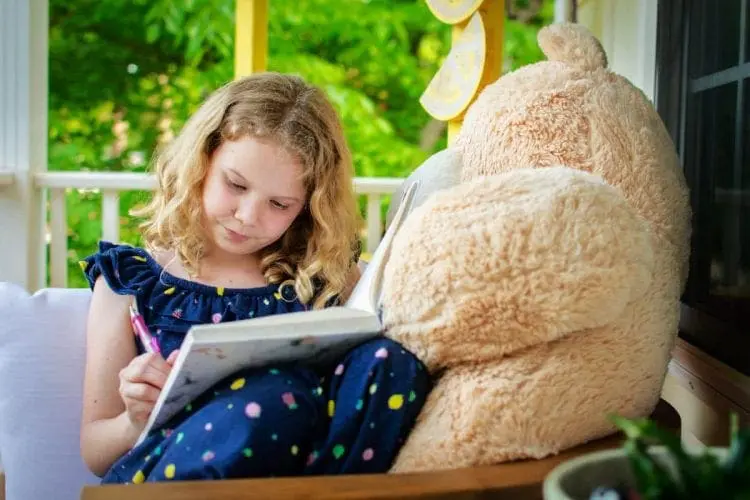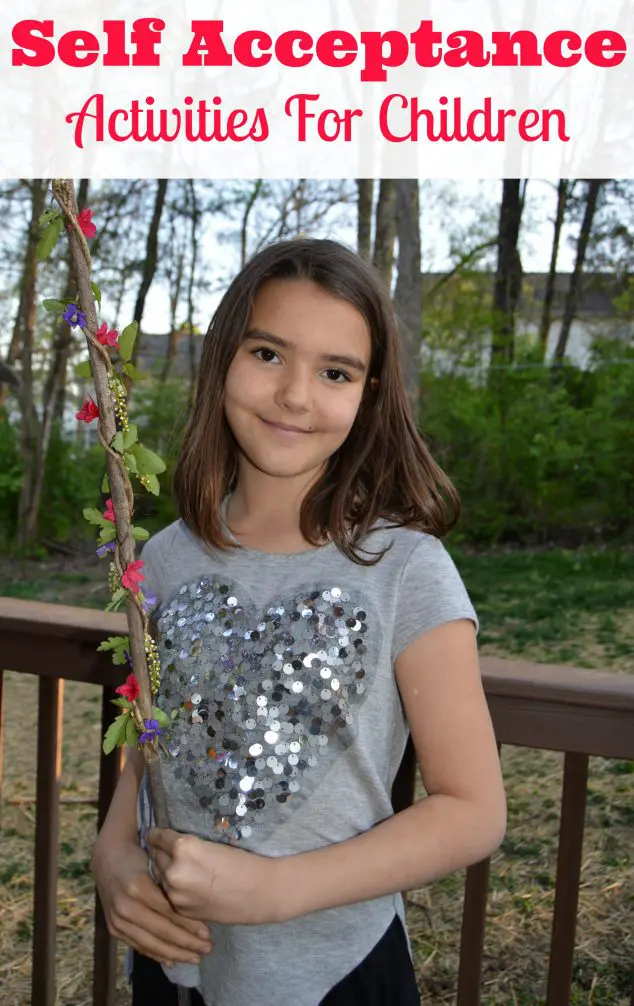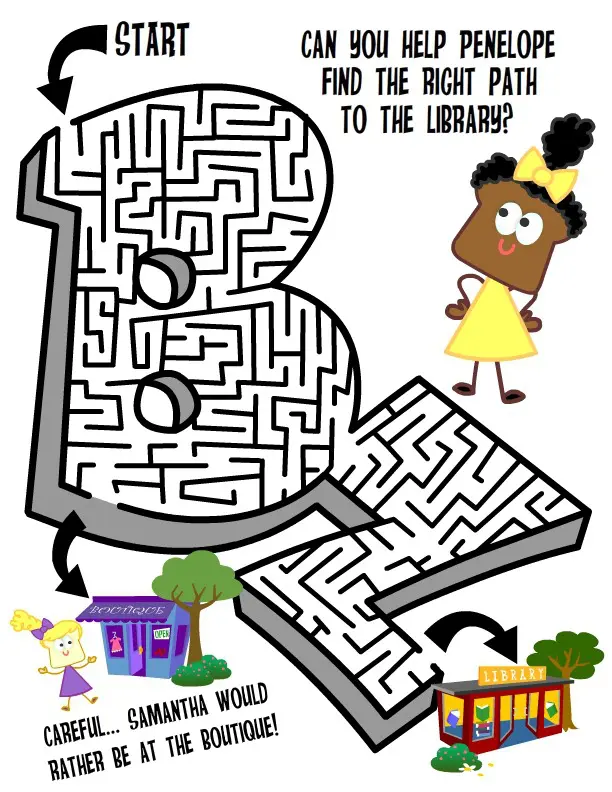There is no question that self-esteem and self-acceptance are critical to an individual’s happiness. As a mother, I want my kids to strive to always deliver their very best but at the same time, I want them to be able to accept their limitations and feel good about themselves. According to Lorrie Shepard, self-acceptance is “an individual’s satisfaction or happiness with oneself, and is thought to be necessary for good mental health. Self-acceptance involves self-understanding and, a realistic, albeit subjective, awareness of one’s strengths and weaknesses.” In today’s post, I will share several self acceptance activities and self-acceptance exercises for children.
Self-acceptance is the recognition and embracing of oneself, including all aspects of one’s personality, abilities, flaws, and limitations. It involves acknowledging and appreciating one’s worth, both the positive and negative aspects, without judgment or the need for external validation. In essence, self-acceptance is about having a compassionate and understanding relationship with oneself. Self-acceptance is an ongoing process, and these exercises can be adapted to suit your personal preferences and needs. It’s important to be patient and kind to your child or student as they work towards greater self-acceptance.
10 Self Acceptance Activities For Students To Help Them Thrive
Berating oneself and/or having repeated negative thoughts about oneself can lead to low-self esteem. Having a bad feeling about oneself usually leads to negative emotions and poor decisions. Working from a place of positive self-esteem and positive emotions leads to better choices for yourself and towards others. An important part of this process for young people is affirming positive core beliefs about themselves. Negative experiences do not define a person. The goal of these self-esteem activities to help you focus on positive aspects of yourself.
Self acceptance is something we will all strive for our whole lives. It is good and keeps us in check but we must not let it go overboard and beat us down. My grandmother always used to tell me to just try my best. I pass this same message on to my kids but with a caveat. I tell them to try their best and then just be satisfied. After all, life is all about balance. Perfectionism can be a double edged sword. You have to be able to strive for excellence and be satisfied with yourself even if you don’t meet your own high standards. You can always try again, if you want to.
Self-acceptance is a crucial aspect of personal well-being and mental health. Here are some exercises that may help you foster self-acceptance:
1. Discover Strengths
Children should be exposed to a variety of new things and creative activities so they can discover their strengths and interests. Encourage their new found passions. Try to take advantage of community programs and events that might expose them to new things. Notice what they like. Bring them to the library to research their new interests. Help them to understand not everyone has the same strengths and that is ok.
2. Embrace Differences
Have kids gather all their stuffed animals and ask them which is their favorite. Ask if they want to give away the rest of the stuffed animals since they are not the favorite? Of course, not. Each one is special and loved for a different reason. It is ok and in fact good that they are all different. Diversity is one of the things that keeps like interesting and fun.
3. Open Communication
Make sure you are taking the time to have conversations with your child about what they want to talk about. Even if you don’t care one whit about Pokemon or stamp collecting, remember that if they do, they will want to share it with you. Allowing them to talk and be listened to about things that are important to them will help them know they are valuable and that you respect them.
4. Try Breadcrumbz Online Self-Acceptance Exercises And Games
The Breadcrumbz website was created by a military spouse and mother of two girls, Shannon Addison. She created the Breadcrumbz website for children of ages 6-12 to offer fun, free games, activities, and stories with an underlying theme of self acceptance exercises for children. As she says, “I believe that true beauty exists in those things that differentiate us from everyone else. Through the process of developing self-acceptance, we gain empowerment… using the strengths that make each of us unique.”
While children play and explore the Breadcrumbz site they can learn more about the crumb characters and come to understand what challenges each crumb faces, and how they work to overcome them. For example, the Whitney Crumb had an allergic reaction to something she ate at a birthday party which is something that kids need to be aware of to help build a greater level of understanding as well as acceptance.
Each Breadcrumbz character has rooms filled with things to click on to get stories, games, and educational “fun” facts and self acceptance activities for children. The goal is for kids to connect with the characters so that they will want to follow them on their trail. As they come to recognize each character’s flaw through the stories and activities, they identify with different characters and learn self acceptance. The Breadcrumbz characters demonstrate through their journeys that it is perfectly acceptable to be who you are flaws and all.
5. Reflect
Children are able to build self-acceptance, as well as confidence, when they like who they are. Each day, ask your student to reflect on the things they like about themselves. It can be things they like about their looks, their personality, their intelligence, or just a good deed they did that made them proud of themselves. Start each day with a positive attitude by saying “Tell me 5 things you like about yourself today.” Each day they’ll find new things to like, building their self-esteem. They can also try this positive things activity as a gratitude journal if they enjoy writing over speaking.
6. Allow for Change
Your child may express things they don’t like about themselves; that’s okay. We all have things about ourselves that we don’t like and want to change. The important thing is to help your child understand that wanting to change is normal and, often times, possible. Talk to your child about the things they don’t like about themselves, encourage them to find ways to change or better themselves. For instance, if they don’t think they’re the best player on the soccer team, suggest extra practice time, coaching, or YouTube videos that will help them improve. Then encourage and support their efforts. Help them understand that improving takes work and that is a choice we get to make.

7. Make a List
We all have days when we don’t feel so great about ourselves. The same goes for your child. Give them a piece of paper and help them make a list of all the wonderful things they like about who they are. Leave room for them to add new items to the list whenever they think of something else. Then post this list where they’ll see it daily. In their bedroom or bathroom, over their desk, or next to their mirror. When they’re having an I-don’t-like-myself-day, remind them about the list and ask them to read it, preferably out loud. Hearing their own voice speaking positive words about themselves is powerful. Encourage them to continue adding items to the list frequently. Help them see their positive personal characteristics like, hard worker, good friend, and/or considerate of others.
8. Teach Anti-Perfectionism
Perfectionism is overrated but children still believe they have to be perfect in order to be loved. When your child is feeling down about themselves and not as perfect as they think they should be, talk to them about your own flaws. Tell them about some of the things you don’t like about yourself or how you think you’re not perfect but you try. It’s easier for them to accept their less than perfect self if they know they’re not alone.
9. Teach Mindfulness
When life gets busy and we’re rushing from one thing to another, it can be easy to forget how wonderful we are. We lose sight of ourselves along the way. Teach your child to be mindful, in-the-moment, to slow down and appreciate moments and who they are in these moments. For instance, enjoying good conversation over family dinner when everybody’s talking and listening to each other, we forget how imperfect we feel everywhere else and we just feel loved and accepted for who we are. Meditation is another wonderful too for practicing mindfulness and learning to accept ourselves. Encourage family meditation time for 5 minutes every morning before going about your day.

10. Stop Comparing
It’s easy to think our lives are miserable when we compare ourselves to other people. But remember, what we know of someone else’s life is only the surface. We don’t really know what goes on in their mind or how they feel about themselves. When your child starts comparing themselves to someone else, point out that they don’t know everything about that person’s life and remind them just how wonderful they are. Comparison is a game that doesn’t help anyone.
My dad always used to say it this way, “Stop counting.” My sister and I used to complain that the other had more popsicles or got to stay up later, etc and my dad would tell us to stop counting because things all evened out. The grass may seem greener in someone else’s yard, but do you know how hard they worked or how much money they paid to make it that way? Comparison doesn’t feel good. It is better to remember there is enough good things for everyone and we all get our turns.
Self-acceptance is a fundamental aspect of mental and emotional well-being. It allows individuals to build resilience, cope with life’s challenges, and cultivate a positive self-image. It is important to note that self-acceptance doesn’t mean complacency or lack of motivation for personal growth; rather, it provides a healthy foundation for continuous improvement and a more fulfilling life.
Conclusion
It is useful to try several different ways to focus on our positive traits and they all work to reinforce positive thoughts about ourselves. This is not about having a big ego. It is about validating our own self worth. The meaning of self-acceptance is about focusing on your good qualities. At the same time is about realizing that we all have negative qualities that we can improve but those do not define us. The main thing to keep in mind for how to teach your child self acceptance is that we should all be comfortable in our own skin.
Another point is that if you notice your child is struggling with a positive self-image, you may want to eliminate social media. At least reduce their use and monitor it. Middle school children in particular are struggling with creating a perception of themselves. Social media can have a detrimental influence on their psychological health. Finally, if you are experiencing any real concern for your child, don’t hesitate to enlist professional therapist aid.
I hope you find these self-acceptance activities for children helpful. It is important to encourage children to be proud of themselves. It is equally important to let you know you are proud of them and the effort they put in all the things they do. Do you have a great idea to help with positive self-concept? I’d love to hear it! Which self-acceptance exercises do you find most effective? Share on social media @familyfocusblog
Related Posts:
What Causes A Low Self Esteem? And Overcoming Low Self Esteem




Louisa says
Set small, achievable goals for yourself and celebrate your progress. This helps build a sense of accomplishment and self-worth. I also engage in creative activities like drawing, painting, or crafting. It is a great therapeutic way to express your feelings and accept yourself.
Kidzonia says
Thank you for sharing these activities which are especially helpful to middle school students who are experiencing a lot of self doubt as they begin to forage their adult identities.
Maria Seoane says
What a wonderful and insightful post! As a parent, I found these self-acceptance activities incredibly practical and meaningful. It’s so important to help children build a positive self-image, especially in today’s world where they’re often bombarded with comparisons and unrealistic standards.
I absolutely loved the idea of using the Breadcrumbz website—it sounds like such a creative way to teach kids about self-acceptance through games and relatable characters. The analogy of stuffed animals being unique and loved for their differences was also brilliant. It’s such a simple yet powerful way to explain diversity and self-worth to children.
The ‘Make a List’ activity really resonated with me. I’ve started encouraging my own child to write down things they like about themselves, and it’s amazing how much it boosts their confidence. It’s a reminder that small, consistent practices can make a big difference over time.
Thank you for sharing these thoughtful exercises—they’re not only helpful for children but also a great reminder for us as parents to model self-acceptance and mindfulness in our daily lives!
Kim says
This post is such a gentle reminder of how important it is to cultivate a soft consciousness of our thoughts, especially during a difficult time. Sometimes it’s the small things—like pausing to breathe or embracing new situations—that lead to higher self-esteem. Thank you for sharing these insights; they’re an important step toward greater self-acceptance.
aryan singh says
A thoughtful and uplifting post that provides valuable tools to help children build confidence and emotional resilience. These self-acceptance activities encourage positivity and self-love from an early age—essential for healthy development. A great resource for parents, teachers, and caregivers.